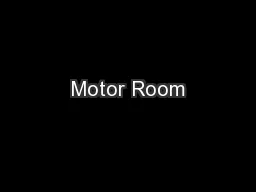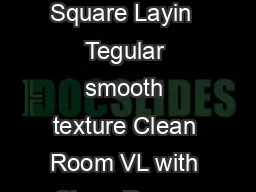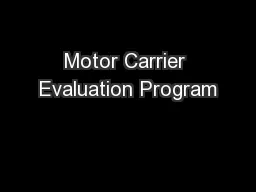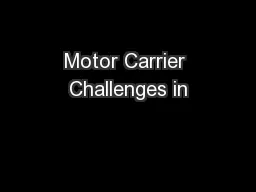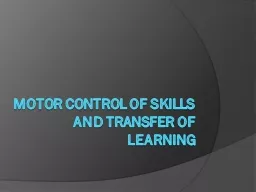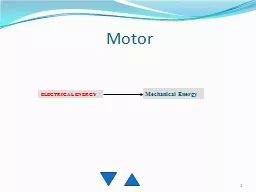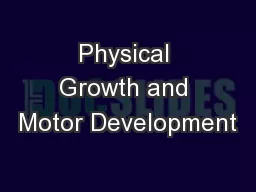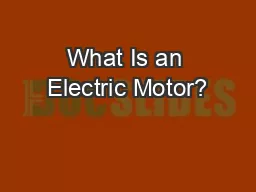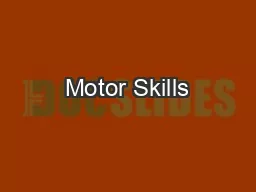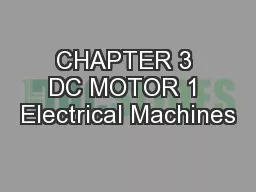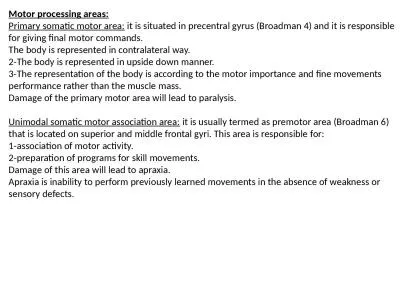PPT-Motor Room
Author : ellena-manuel | Published Date : 2016-03-01
Amanda Curd MPT Motor Back Ground of Ready Bodies Learning Minds Brain Child of a rural Texas PT Athena Oden whose school district covers over 600 square miles
Presentation Embed Code
Download Presentation
Download Presentation The PPT/PDF document "Motor Room" is the property of its rightful owner. Permission is granted to download and print the materials on this website for personal, non-commercial use only, and to display it on your personal computer provided you do not modify the materials and that you retain all copyright notices contained in the materials. By downloading content from our website, you accept the terms of this agreement.
Motor Room: Transcript
Download Rules Of Document
"Motor Room"The content belongs to its owner. You may download and print it for personal use, without modification, and keep all copyright notices. By downloading, you agree to these terms.
Related Documents

